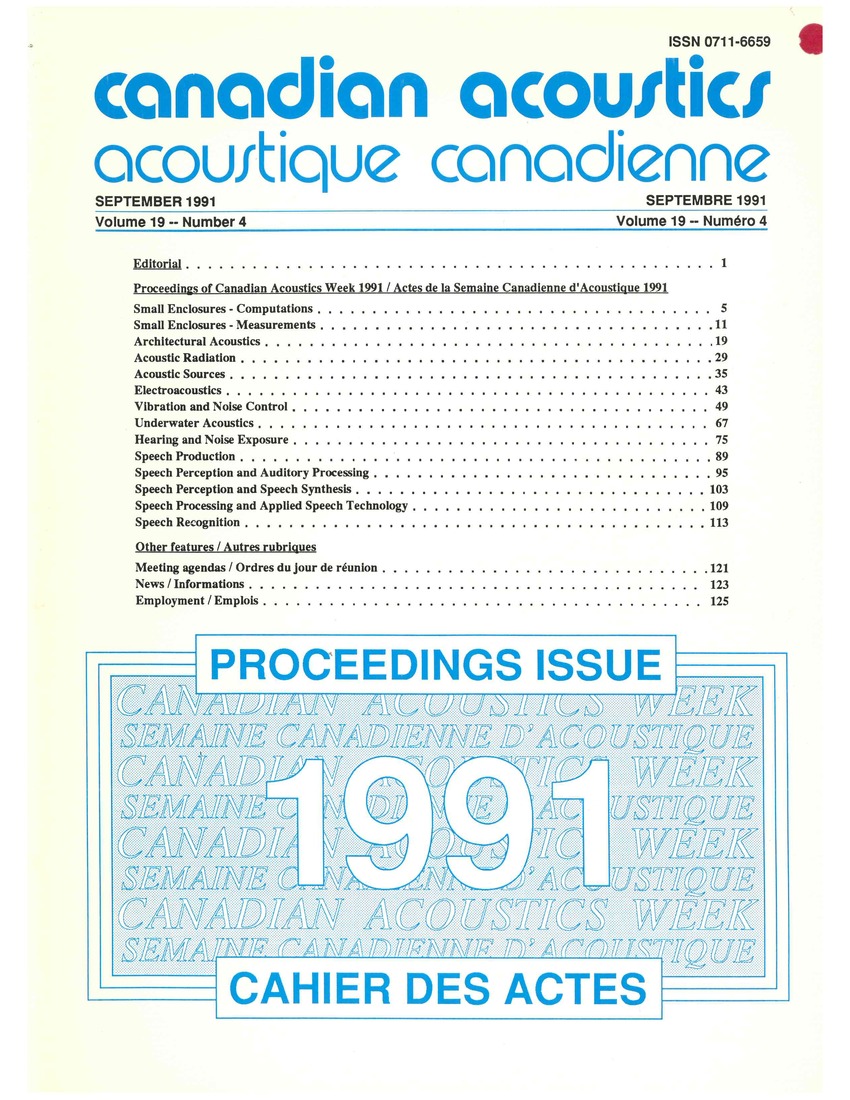Simulation of the orifice gauge line effect in pulsating flow
Mots-clés :
pipe flow, pulsatile flow, turbulence, vibrations, orifice gauge line effect, pulsating flow, pressure pulsations, gauge line response, lumped parameter model, plane wave model, turbulent regime, damping coefficientsRésumé
The gauge line response to pressure pulsations at the orifice plate taps distorts pressure signals and affects the pressure difference applied to the diaphragm of a differential transmitter. This response depends on gauge line length L, volume Vo of the transmitter chamber, pulsation frequency f, and amplitude |Pp|. Distortion of the pressure difference (?p=pp1-pp2) by the gauge line obviously affects accuracy of flow rate metering. In order to eliminate significant errors, the gauge line response was simulated with lumped parameter model and plane wave model. Connectors on the gauge line, however, constitute abrupt variation of the inside diameter, affecting propagation and attenuation of the disturbances. Moreover with high velocity amplitudes a turbulent regime occurs. These factors preclude pure theoretical description of the gauge line response and make some empirical contribution necessary. Utilizing experimental results damping coefficients were determined for two models with various gauge line length, chamber volume, pulsation frequency, and amplitude. The oscillating pressure difference across the orifice plate was simulated and compared with the monitored oneFichiers supplémentaires
Publié-e
Comment citer
Numéro
Rubrique
Licence
Author Licensing Addendum
This Licensing Addendum ("Addendum") is entered into between the undersigned Author(s) and Canadian Acoustics journal published by the Canadian Acoustical Association (hereinafter referred to as the "Publisher"). The Author(s) and the Publisher agree as follows:
-
Retained Rights: The Author(s) retain(s) the following rights:
- The right to reproduce, distribute, and publicly display the Work on the Author's personal website or the website of the Author's institution.
- The right to use the Work in the Author's teaching activities and presentations.
- The right to include the Work in a compilation for the Author's personal use, not for sale.
-
Grant of License: The Author(s) grant(s) to the Publisher a worldwide exclusive license to publish, reproduce, distribute, and display the Work in Canadian Acoustics and any other formats and media deemed appropriate by the Publisher.
-
Attribution: The Publisher agrees to include proper attribution to the Author(s) in all publications and reproductions of the Work.
-
No Conflict: This Addendum is intended to be in harmony with, and not in conflict with, the terms and conditions of the original agreement entered into between the Author(s) and the Publisher.
-
Copyright Clause: Copyright on articles is held by the Author(s). The corresponding Author has the right to grant on behalf of all Authors and does grant on behalf of all Authors, a worldwide exclusive license to the Publisher and its licensees in perpetuity, in all forms, formats, and media (whether known now or created in the future), including but not limited to the rights to publish, reproduce, distribute, display, store, translate, create adaptations, reprints, include within collections, and create summaries, extracts, and/or abstracts of the Contribution.


